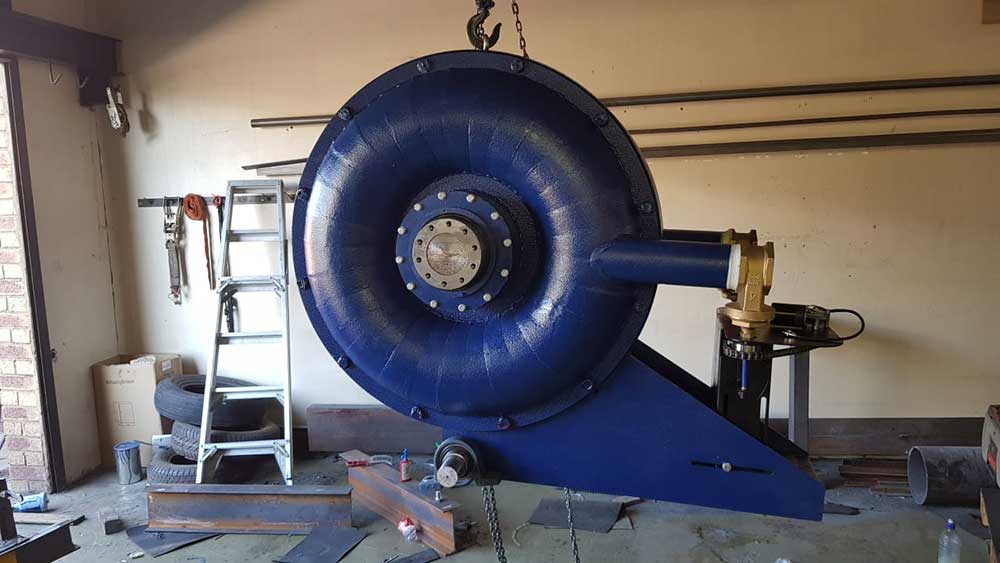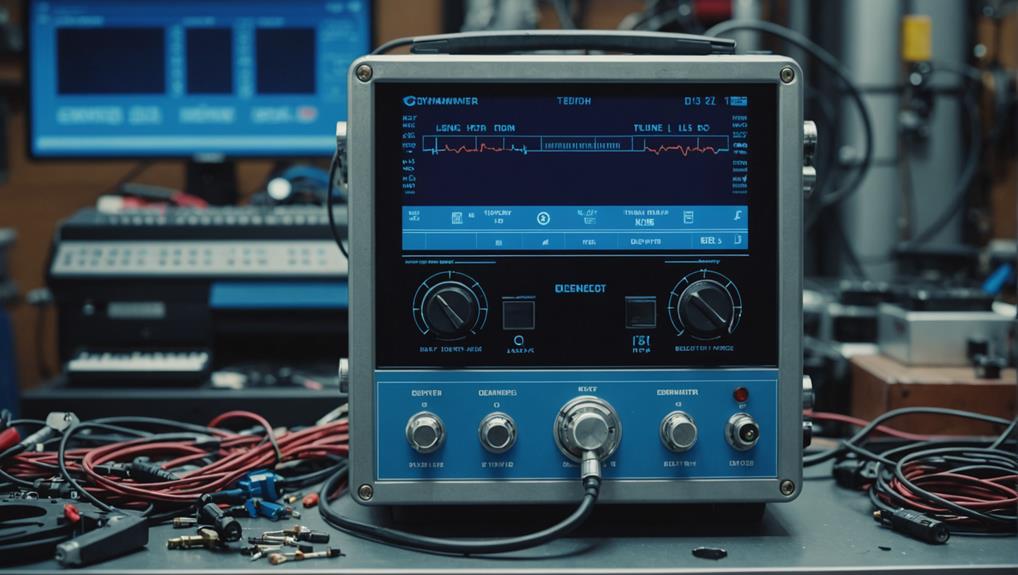
How Dynamometers Enhance Engine Diagnostics and Testing
Necessitating precise measurements, dynamometers unlock the secrets of engine performance, but what else can they reveal about engine diagnostics and testing?
Inertia dynamometers have become a vital tool for engine tuning and rebuilds, offering a precise and reliable method for measuring engine performance and identifying areas for enhancement.
These devices provide acceleration data in engine RPM increments, which helps identify where acceleration falls off or slows down, allowing for direct comparisons with other dyno pulls.
Graphs display S.A.E. corrected torque and horsepower in relation to engine RPM, enabling detailed analysis of engine performance.
With their versatility and accuracy, inertia dynos are a popular choice for engine builders, shops, and schools.
As users gain a deeper understanding of these tools, they can harness their full potential to achieve optimal engine performance.
Inertia dynos possess a range of features and capabilities that enable precise and detailed analysis of engine performance.
A key feature is the ability to provide acceleration data in engine RPM increments, such as 50, 75, and 100, which allows users to identify where acceleration falls off or slows down. The total time in seconds of any RPM range can be measured in 0.001 increments, permitting side-by-side comparisons with other dyno pulls.
Graphs display S.A.E. corrected torque and horsepower in relation to engine RPM, providing a detailed analysis of engine performance.
Up to six graph dyno pull overlays can be compared to analyse performance differences, and zooming in on graph data is possible down to 30 RPM engine increments. Inertia dynos also come equipped with premium powered flywheel sensors and at least one analogue temp channel, making them compatible with Pro software.
This enables users to dyno clutches, torque converters, and other components with precision and accuracy. As a whole, inertia dynos offer an extensive range of features and capabilities that enable users to gain a greater insight into engine performance and power output.
Over 300 installations in North America and nine countries worldwide attest to the versatility of inertia dynos, which have become an integral part of diverse industries.
Engine builders, shops, and schools utilising inertia dynos for custom solutions have made them a popular choice for engine tuning and rebuilds. Their suitability for a wide range of applications, from small engines to high-performance racing engines, and compatibility with both two-cycle and four-cycle motors, has made them a staple in multiple industries.
Inertia dynos are essential in industries such as racing, automotive, and education, where accurate and reliable data is vital for informed decisions on engine tuning and rebuilds.
Customisation options, including different table lengths, electric start, and axle sizes, allow inertia dynos to cater to a broad range of dyno applications. This versatility makes them a fundamental tool for professionals and enthusiasts alike.
Inertia dynos provide precise data, enabling users to optimise engine performance, ensuring that their engines operate at peak efficiency.
When selecting an inertia dyno, it is vital to weigh the physical constraints of the dyno room, including door width and available space, to guarantee a proper fit.
The features and configurations of the dyno itself must also be carefully assessed, including horsepower range, axle size, and bearing quality, to certify optimal performance.
Selecting the right inertia dynamometer for a dyno room requires careful consideration of several key factors to guarantee smooth and efficient engine testing.
An essential consideration is the dyno room's spatial constraints, as the dyno's width must fit through the door or building, typically 71 or 91 centimetres.
The axle size and bearing quality are also pivotal, with options for 31.75 or 38.1 millimetre stress-proof axles, to certify the dyno can handle the engine's power output.
Table length is another key factor, with options of 91, 121.92, or custom lengths to accommodate different engine sizes and certify proper clearance during testing.
Electric start options can add to the table length and provide belt drive capabilities, simplifying the testing process.
Among the various types of inertia dynamometers available, selecting the right one for a specific application can be a complex task.
Each dyno has its unique features, advantages, and limitations. For example, inertia dynos like the Dynojet are suitable for drag cars but not for steady-state tuning or part-throttle applications. In contrast, Dynapack dynos are accurate and have no wheel slip issues, but may struggle with automatic cars and have a maximum axle load capacity of 1500kg per end.
When evaluating an inertia dyno, it is crucial to examine the minimum and maximum horsepower requirement, type of motor (2-cycle or 4-cycle), and RPM range to verify the right dyno for the application.
The USB 4 Channel Pro System, for instance, offers advanced features such as 4 channels of temperature measurement, expandability to 21 channels of data, and Pro software with S.A.E. weather correction internally.
Dyno Dynamics, Mustang, or Mainline Dyno are required for part-throttle and rolling road type dynos, featuring CAN integration and data acquisition vital for tuning.
Users must grasp the unique features and limitations of each dyno to make an informed decision and choose the right tool for their specific power, throttle, load, and RPM requirements.
When configuring an inertia dynamometer to meet specific engine or application requirements, several key factors must be considered.
Determining the minimum and maximum horsepower requirement is vital to ensure the dyno can handle the engine's power output, thereby preventing damage and guaranteeing accurate readings.
The quality of bearings is another pivotal consideration. Options range from ISO 9001 Chinese bearings to high-quality NTN Japanese bearings, allowing users to select the most suitable fit for their engine's needs.
Inertia dyno table lengths vary, with standard options including 36, 48, or custom lengths, to accommodate different engine sizes and applications.
Additionally, electric start capabilities can be incorporated, adding to the table length and providing belt drive capabilities.
These can be customised to fit specific needs. Stub axle ends can also be added as an optional feature, allowing for the future addition of a supplementary flywheel or chassis dyno table.
Careful consideration of these factors enables users to choose the right inertia dyno for their engine tuning and rebuilding needs, guaranteeing accurate and reliable power measurements.
The inertia dyno testing procedure begins with thorough preparation, including dyno testing preparation and dyno room configuration, to guarantee accurate and reliable results.
This is followed by a precise data acquisition process, which involves monitoring flywheel speed and other key engine performance metrics.
Engineers and technicians must meticulously follow a detailed procedure to certify accurate and reliable results in inertia dyno testing.
This procedure goes beyond simply firing up the engine and collecting data.
Prior to testing, the engine should be filled with non-synthetic oil and undergo a thorough break-in procedure.
This includes three 10-minute hard running track sessions, oil changes, and retorquing the head and checking all other bolts.
This ensures the engine is properly seated and ready for testing.
The dyno room setup is critical.
Factors such as table length, which should be selected based on engine size, and axle size and bearing quality must be considered.
Electric start options should also be taken into account, adding to the table length and providing belt drive capabilities.
During testing, the inertia dyno's characteristics must be considered.
These include no hot or cold fluids, load control valves, or throttle actuators.
This confirms consistent and reliable output readings.
Every detail is crucial in the dyno room configuration, as it sets the stage for accurate and reliable inertia dyno testing.
To ensure a proper fit, measure the inside width of the dyno room door or building to determine the dyno's width, which can be 28 or 36 inches.
The axle size and bearing quality are vital, with options for 1 1/4 or 1 1/2 inch stress-proof axles to accommodate different engine sizes and guarantee smooth operation.
Table length options include 36, 48, or custom lengths to accommodate different engine sizes, with electric start options adding to the table length and providing belt drive capabilities.
Locking pneumatic swivel casters with tubes allow for easy movement and storage of the dyno, guaranteeing convenience and flexibility in the dyno room.
The type of motor (2-cycle or 4-cycle) and its RPM range must be considered when configuring the dyno room to guarantee accurate and reliable testing results.
Careful consideration of these factors enables the creation of an optimal dyno room configuration for inertia dyno testing needs.
Accurate testing results rely on a well-executed data acquisition process, a critical component of inertia dyno testing.
This process consists of warming up the engine, performing the dyno test, and cooling down the engine.
The dyno test stage typically comprises multiple runs to validate consistent results.
During the testing procedure, a computerised data acquisition system monitors flywheel speed, providing accurate and repeatable results.
The inertia dyno calculates horsepower from drum acceleration, giving a true representation of real-world performance.
This allows for consistent comparisons and tuning, making it a reliable and efficient way to evaluate engine performance.
Key aspects of the data acquisition process include:
As the pursuit of optimal engine performance drives innovation, inertia dyno testing has emerged as a crucial tool, offering a multitude of benefits that set it apart from traditional testing methods.
This testing method provides a true representation of what the road sees, giving a more accurate measurement of real-world performance compared to steady-state dynos. Horsepower is calculated from drum acceleration, providing a more accurate representation of real-world performance, allowing for modifications that reduce power loss to increase horsepower readings.
Inertia dyno testing benefits from repeatability, enabling accurate comparisons and tuning.
Huge amounts of testing can be performed with minimal wear and tear on the engine, making it a fundamental tool for tuning and engine rebuilds. Testing typically takes 10-20 seconds and places the engine under no more stress than a normal ride or lap, making it a safe and efficient way to test engine performance.
Engineers and enthusiasts can tap the full potential of their engines, achieving optimal performance and horsepower.
While inertia dyno testing offers numerous benefits, it is not without its limitations.
A primary constraint is its inability to simulate real-world driving conditions, as it cannot be loaded or braked like eddy-current or water-brake dynos. This limitation affects the break-in process, as the coast down on an inertia dyno can drive the engine when it's off throttle, causing a severe vacuum in the inlet and potentially drawing oil past the rings and into the combustion area.
To overcome these limitations, alternative methods are necessary.
Firstly, using a brake to load the inertia wheel helps accelerate the break-in process and better simulate real-world driving conditions. Secondly, utilising modern tools and technology, such as blow-by meters and leak down testers, helps monitor engine performance and optimise the break-in process.
Thirdly, implementing alternative dyno testing methods, such as load-bearing dynos, can help better simulate real-world driving conditions and reduce frictional losses.
Lastly, selecting the right inertia dyno for the job, with low inertia, can help minimise the effects of frictional losses and provide more accurate results.
Using Inertia Dynamometers for Tuning and Engine Rebuilds
Inertia Dyno Features and Capabilities
At Hyper Power, we understand the importance of precise testing and tuning of engines. Inertia dynamometers measure the rotational inertia of an engine or machine, mimicking real-world driving conditions. These devices feature a large, rotating drum or flywheel that absorbs the energy generated by the engine, measuring the resulting torque and power output.
Dyno Applications and Industries
Our inertia dynamometers have a broad range of applications across diverse industries. They are commonly used in the automotive and motorsports industries for engine tuning and development. Additionally, they are used in the aerospace, marine, and industrial sectors for testing and validation of engines and machinery. If you have any questions about our services, please do not hesitate to contact Hyper Power about our Custom Dyno Solutions, Installation and Setup, Training and Certification, Technical Support and Maintenance, Software Updates and Upgrades, Diagnostics and Performance Analysis, Rental Services, Dynamometer Testing Services, and Accessories and Parts.
Choosing the Right Inertia Dyno
When selecting an inertia dynamometer, several factors must be taken into account. The dynamometer's power and torque capacity, as well as its speed range, should match the requirements of the engine or machine being tested. Moreover, the device's accuracy, reliability, and durability are vital for obtaining consistent and reliable test results. Our team at Hyper Power can guide you in choosing the right inertia dyno for your specific needs.
Inertia Dyno Testing Procedure
The testing procedure for an inertia dynamometer typically involves securing the engine or machine to the dyno, followed by a series of incremental load tests. The dyno's control system automatically adjusts the load to mimic different driving conditions, while sensors and data acquisition systems record the engine's performance data.
Benefits of Inertia Dyno Testing
Inertia dyno testing offers several advantages, including accurate and repeatable test results, improved engine performance and efficiency, and reduced emissions. They also enable engineers to optimise engine calibration, identify potential issues, and validate design changes.
Overcoming Inertia Dyno Limitations
While inertia dynamometers are highly effective, they do have limitations. For example, they can be expensive and require significant space and maintenance. In addition, inertia dynos may not accurately mimic certain real-world driving conditions, such as friction and wind resistance. However, by being aware of these limitations and implementing supplementary testing methods, engineers can overcome these challenges and obtain thorough test results. If you have any questions about overcoming these limitations, please contact Hyper Power about our Technical Support and Maintenance services.
Conclusion
Inertia dynamometers are a valuable tool for engine tuning and rebuilds, offering accurate and repeatable test results. By being aware of their features, applications, and limitations, engineers can optimise their use and achieve improved engine performance, efficiency, and reliability. For more information on how Hyper Power can assist you, please contact us about our Custom Dyno Solutions and other services.

Necessitating precise measurements, dynamometers unlock the secrets of engine performance, but what else can they reveal about engine diagnostics and testing?
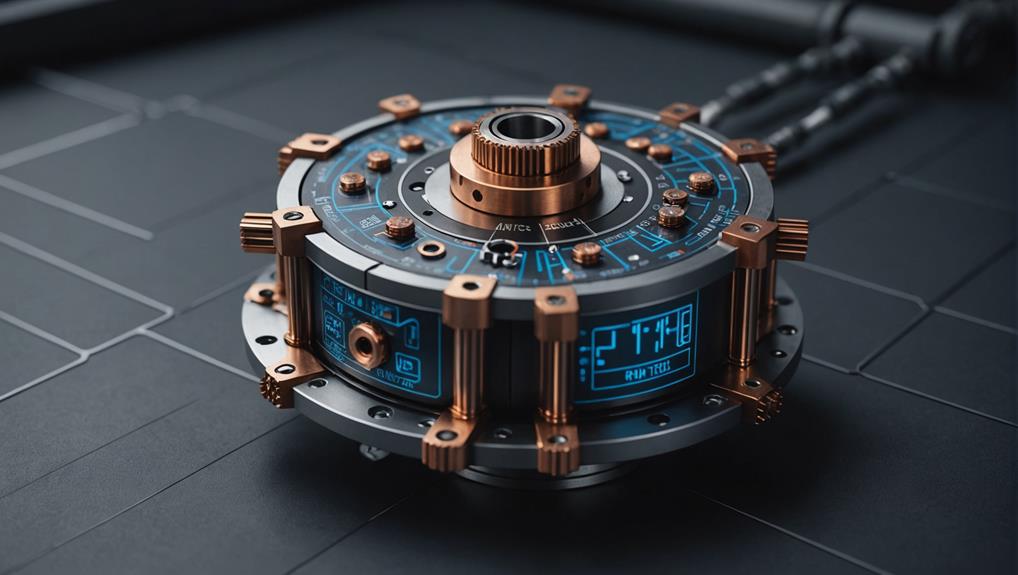
Navigating the complexities of torque measurement requires a deep understanding of the underlying principles and mechanisms to ensure accurate results.

Precise control and optimization of engine performance await, but only for those who unlock the secrets of dynamometer-driven data analysis.
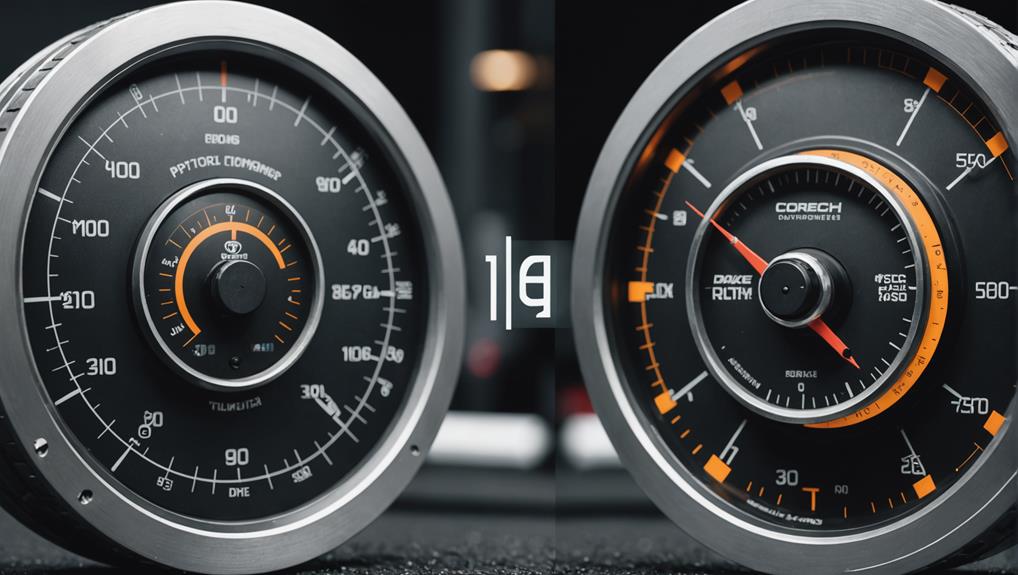
Gaining insight into the differences between inertia and brake dynamometers is crucial for ensuring accurate testing results in various industries.
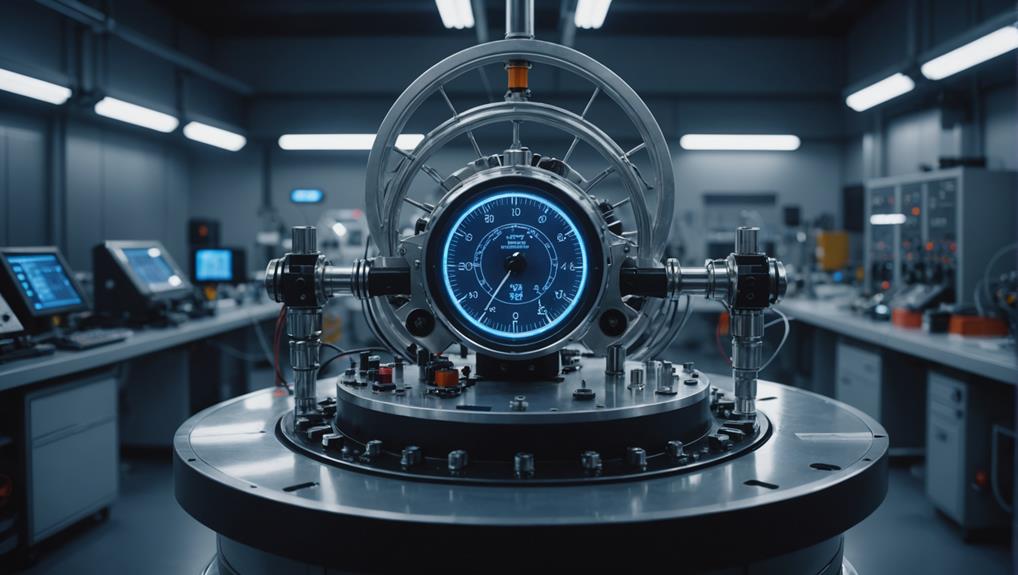
Tapping into the precise measurement capabilities of dynamometers, uncover the secrets to optimizing fuel efficiency and slashing emissions in the automotive industry.

Witness the importance of rigorous safety protocols and best practices in dynamometer testing to avoid catastrophic failures and ensure accurate results.

Harnessing the nuances of precision measurement is crucial to avoiding costly errors in dynamometer testing, but what are the key factors to consider?
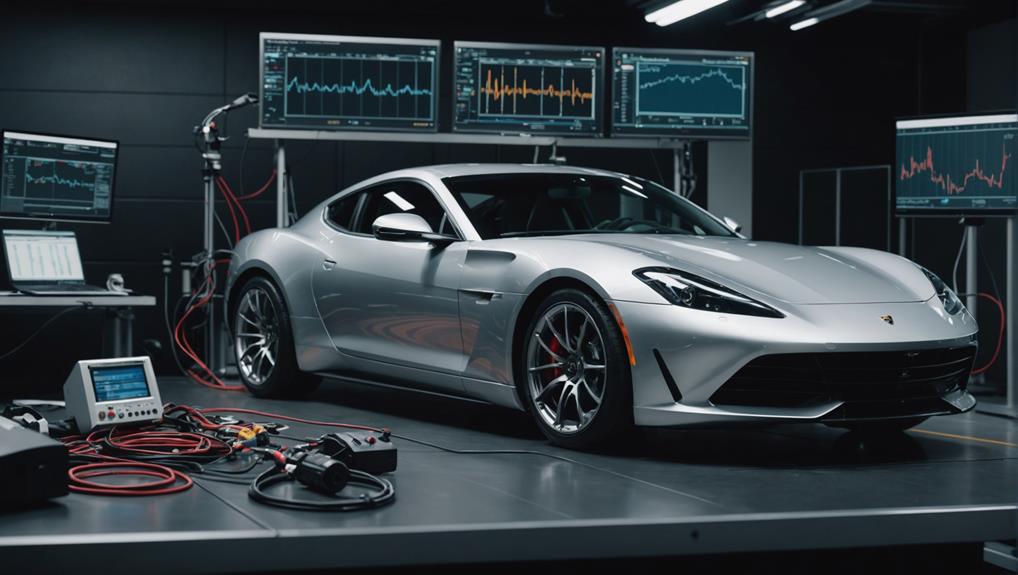
Witness the transformative power of dynamometers in unlocking your vehicle’s hidden performance potential, but only if you know how to harness their precision.
